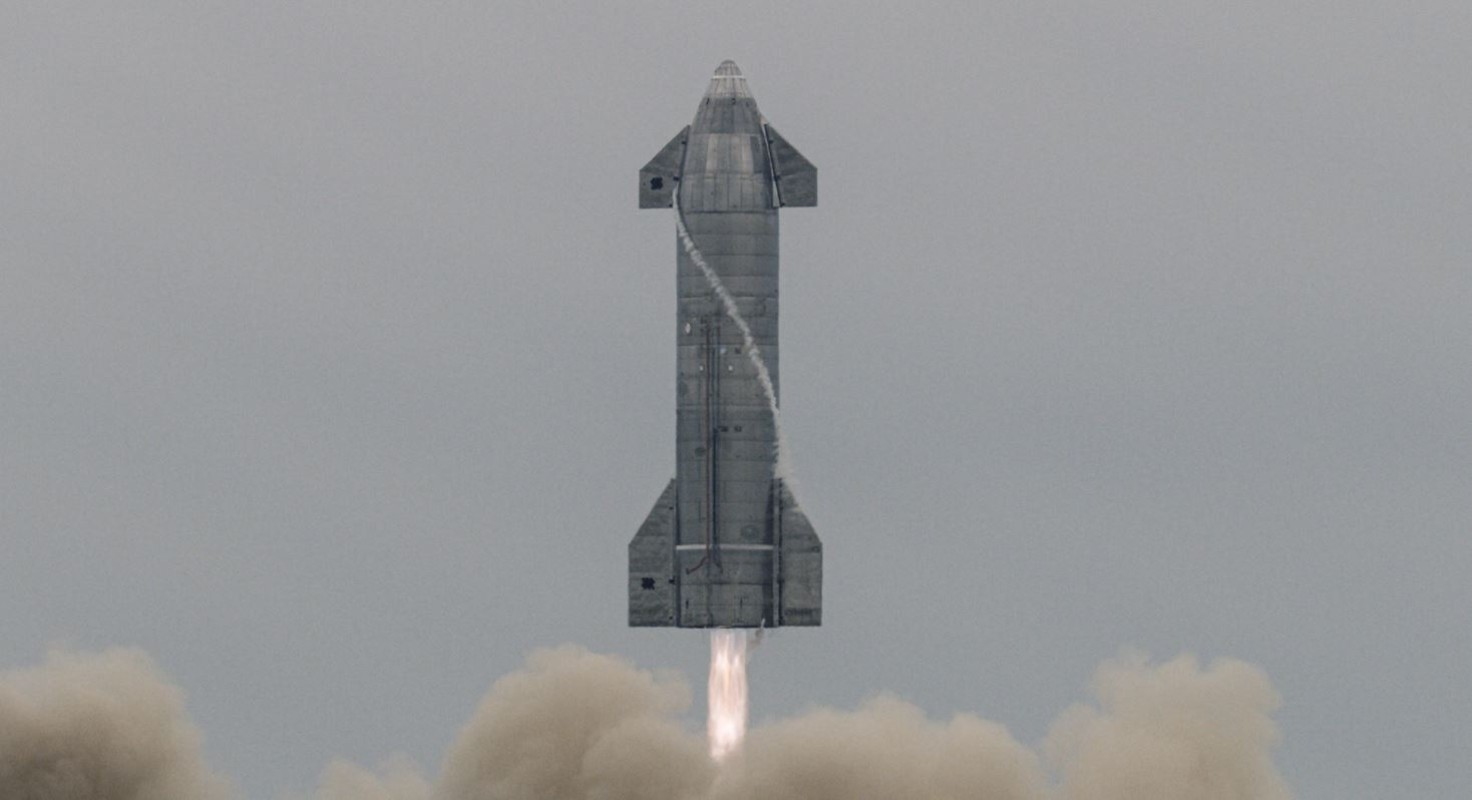

LauncherOne may fly from the UK in September. Hint: They were the lowest bidder. (submitted by brianrhurley, Ken the Bin, and EllPeaTea) New Space Economy has a good rundown of how Astra ended up with the contract for NASA's six TROPICS cubesats to be launched across three missions. A previous launch in Alaska in March was the first Astra mission to successfully deploy functioning satellites into orbit, following a flight from Cape Canaveral in February that failed during the stage and fairing separation sequence a few minutes after liftoff. The failure drops Astra’s record to two successful orbital flights in seven attempts.

The twin nanosatellites-each about the size of a shoebox-were the vanguard of a planned fleet of six cyclone monitoring spacecraft to measure temperature, moisture, and other parameters inside hurricanes and tropical storms, Spaceflight Now reports.įour of the six satellites must work for TROPICS to be a success.

(submitted by wesley96, tsunam, Ken the Bin, and EllPeaTea)Īnother Astra launch fails. Two small NASA hurricane research satellites were destroyed after launch from Cape Canaveral on Sunday when the commercial rocket carrying them, provided by Astra, prematurely shut down its upper-stage engine before reaching the mission’s target orbit. South Korea has spent nearly $1.5 billion to develop the 200-ton Nuri, also known as the Korea Space Launch Vehicle-II, with its own technology. South Korea placed a satellite into orbit in 2013, but the two-stage rocket used for that mission-Naro-was built jointly with Russia. For decades, South Korea has nurtured an ambition to join the elite club of nations capable of launching communications and other satellites into orbit using domestic rockets. South Korea successfully launches its own rocket. The three-stage Nuri rocket, built by the government’s Korea Aerospace Research Institute with hundreds of local companies, blasted off from the Naro Space Center in Goheung on Tuesday, The New York Times reports. Seventy minutes after the liftoff, South Korea announced that Nuri had succeeded in its mission of thrusting a 357 lb working satellite, as well as a 162 kg dummy satellite, into orbit 435 miles above the Earth.Ī point of national pride. Each report will include information on small-, medium-, and heavy-lift rockets as well as a quick look ahead at the next three launches on the calendar. Assuming final preparations go well, this sets up a huge launch in a couple of months that we will be following with great interest.Īs always, we welcome reader submissions, and if you don't want to miss an issue, please subscribe using the box below (the form will not appear on AMP-enabled versions of the site). Welcome to Edition 4.47 of the Rocket Report! It has been a big week for NASA, with the near completion of its wet-dress rehearsal test for the Space Launch System rocket.


 0 kommentar(er)
0 kommentar(er)
